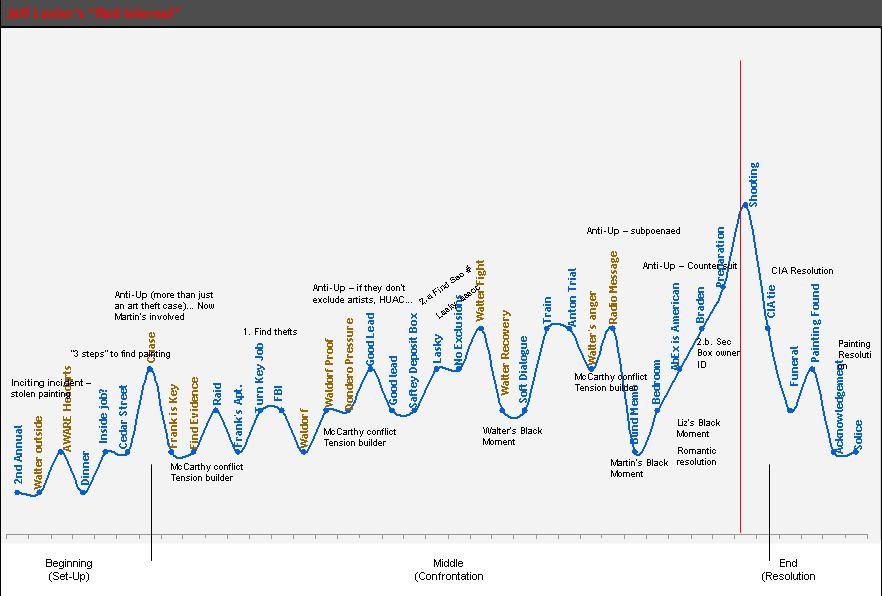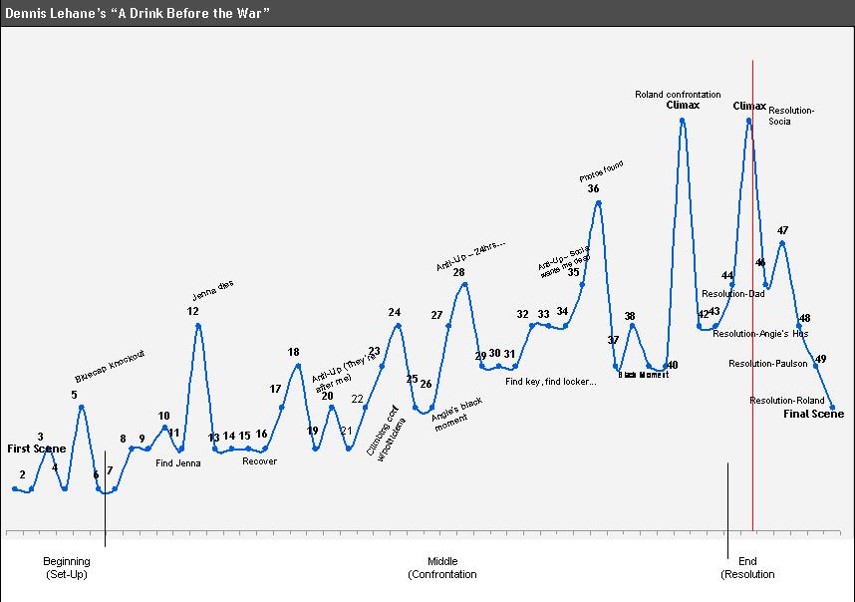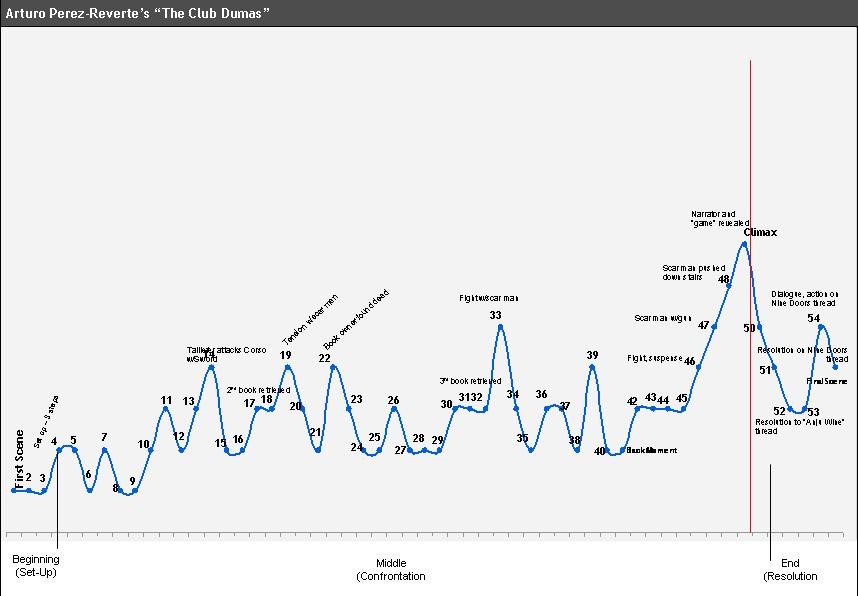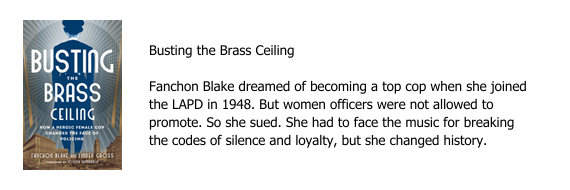So you’re writing a novel. Congratulations! Whether you’re just starting out or already have a carefully crafted plot structure and a draft, you want to make sure of three things above all else:
- Are your characters believable?
- Does your main character change because of the events in your novel?
- Is your plot structure solid enough to keep the story moving and the reader interested?
I created a character worksheet to help with the first question, and I’ll be writing about the second in a subsequent post. For now, I want to focus on the plot structure of your story.
Coming up with a plot, which I also have written about, is critical, but it’s just the first step. Novels, like memoirs, need to be more than compilations of this-happened-then-that-happened scenes. A novel needs to take the reader on a carefully orchestrated journey known as the plot structure.
For starters, you need to be able to quickly articulate what your novel is about. Think of this as your book’s elevator speech. You need to be able to define your book’s plot in the time it takes an elevator to reach its destination.
Remember, however, that conflict needs to be part of your plot. In fact, your book’s narrative arc will revolve around that conflict. Once you introduce your characters in what’s called the exposition, the reader will quickly lose interest if you don’t start introducing some big-stake complications or disturbances that require your characters to confront something, someone or themselves. The resulting set of decisions coupled with what happens as a result of those decisions is called the rising action.
This rising action that increases the novel’s tension eventually leads to the climax, where your characters confront the ultimate test. How that gets resolved will dictate the falling action–the events that eventually lead to the end of your story, which is called the resolution or denouement.
If it helps, you can also think of your story and plot structure in terms of the three-act structure—basically a beginning, a middle and an end.
So how does this all shake out?
A number of years ago, a former writing coach client of mine, Jeff Lanier, wanted to make sure the plot structure of his novel provided the necessary tension. So he decided to chart out the plot structures of two works of fiction he liked, then compare those graphs to his own, (featured at the top of this post).
As you can clearly see, the three-act structure is clearly in play in both graphs, but the three acts are certainly not equal in length. Similarly, the exposition, falling action and resolution are way shorter than the rising action, which Jeff has aptly labeled as “confrontation,” and the climax. That makes sense since the rising action and the climax are where all the excitement happens.
I hope this gives you a fresh perspective on your novel’s plot structure. Happy plotting and scribbling!






















0 Comments